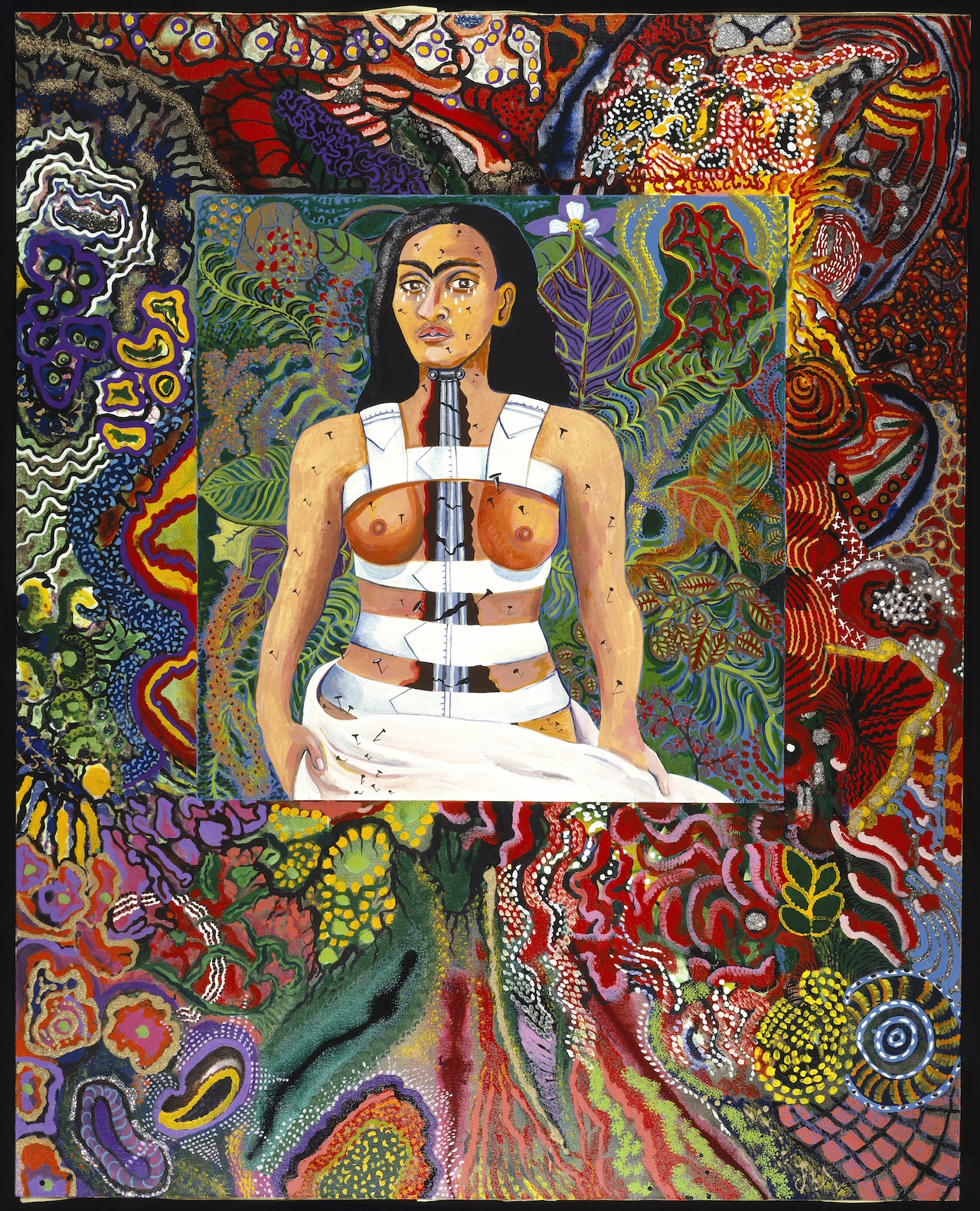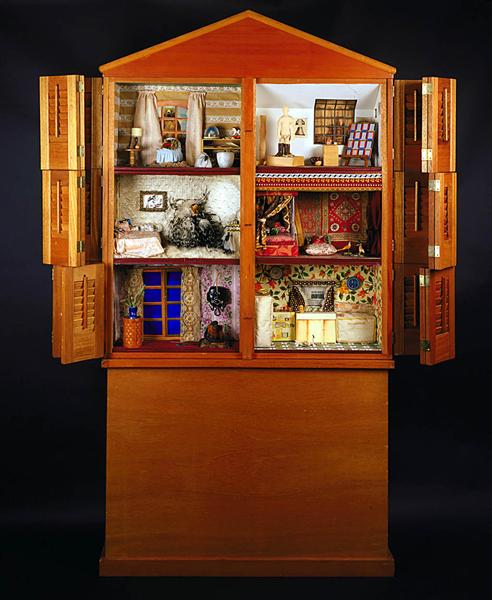
Monday, September 10, 2018
Miriam Schapiro
Born in Canada of 1923, Miriam Schapiro grew to be a well renowned painter, sculptor and printmaker, using her influence to empower and bring recognition to her other female artist and women in general. Miriam Schapiro was able to accomplish this through many means. She has included images and portraits of past female artists into her art in order to memorialize and credit them. Miriam Shcapiro also founded the Womanhouse with Judy Chicago. The Womanhouse worked to discover the formation of gender constructs by exploring symbols and icons of the past in America. They helped women realize their self-worth and how men have oppressed them into playing a role in society which they desired. Schapiro was known for her "Femmage" art in which she took elements of art, frequently used by women such as sewing and incorporated it into her collages and paintings. These elements were not considered 'fine arts' due to their usage being mainly by women, however, Schapiro's inclusion of these elements with 'Fine Arts' made people recognize that it truly is and that it can't be denied solely because of its prevalence amongst women. In Schapiro's "Agony of the Garden" (left) she includes a recreation of Frida Kahlo mixed in with some of her own facial features and portrays her as a goddess in order to empower women and female artists. She also pays homage to an icon in Women's Arts. Another memorable work left behind by Schapiro was her famous "Dollhouse". Schapiro's works were often intricate and complex, making it difficult to capture all the varying nuances. The Dollhouse painting is one that you really have to take your time to analyze. Taking an introspective look at the Dollhouse, it can be seen that there are various rooms which are areas that women have been entrapped by men to work in. There are five rooms in which a woman is supposed to be doing domestic work in including a parlor, a kitchen, a nursery etc. But, on the top right is an art room. This captures the lifestyle women are forced to live by men; instead of working on their craft or what they love, they must do housework and chores. The small rooms of the dollhouse also represent a sort of prison in which women are entrapped. Maria Schapiro went on to live a long life; at the age of ninety-one on June twentieth of 2015, Schapiro passed away of old age.


Subscribe to:
Post Comments (Atom)

No comments:
Post a Comment